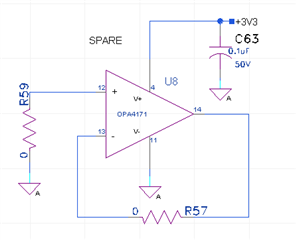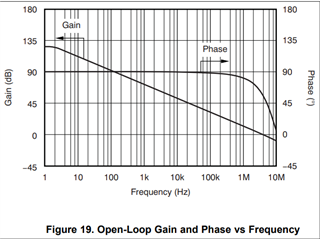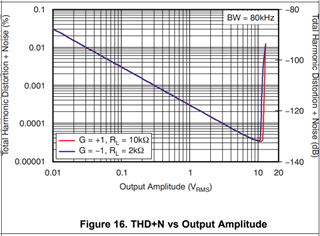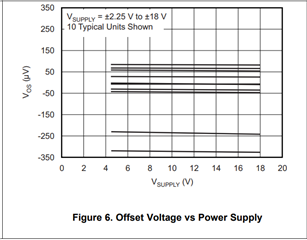Hello,
I have a customer that wants to check if the OPA4171 is unity-gain stable. From looking at the datasheet and some quick “unity-gain stable” definitions, it looks like it might be as there’s only one pole in the open-loop gain and the gain hits 0 db at the first pole. Is this correct?
Also, is there a best practice for properly terminating unused op amp channels? Would something like the below snippet work?

Best,
Quentin Boothman






